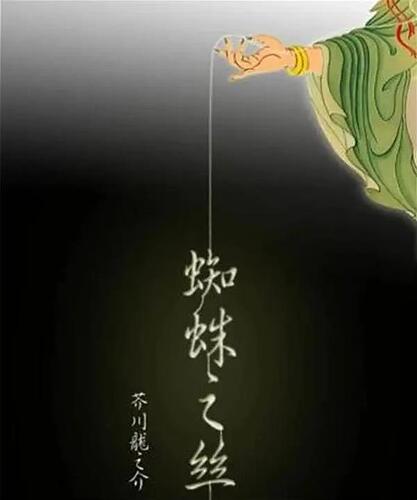With a plot borrowed from Japanese classical literature, this three-part story, rendered through the consciousness of a Buddhist deity, can be interpreted as a case of a high-dimensional being’s nonchalant intervention in the fate of some other being existing in a much lower universe. Things like a High creature peeping down and extending a spider thread over the head of a Low one occur everywhere and in different ways, like when a child pokes a stick in the nest of an ant clan, whose members, young and old, nobles and commoners, all idly busy themselves scurrying back and forth until the demise of their world; or when a pet red-eared slider clambers over his box on the balcony and falls 400 inches down onto the street. The ants are utterly ignorant of human existence, and the turtle isn’t intelligent enough to be aware of the man-made height between his prison in midair and the real solid ground way below. If the ants and the turtle were religious, their gods could be every single human being, whose God’s-eye view was all too powerful to annihilate the former’s civilization and the latter’s blissful life in one fell swoop. And now what about humankind, which is cognizant of a time-space of no higher than four dimensions, with the fourth being one-way and linear? Have you ever had an indefinable sensation that a “presence” is watching you from an unspeakably high spot, the way Lord Buddha Shakyamuni by the heavenly Lotus Pond deals with Kandata in Hell’s Pond of Blood? Something of your life might be dictated by this very “presence”. God’s nature and whereabouts might be a scientific issue instead of a religious one; He, or They, might be just an unfathomable existence in a higher-dimensional abode.

